Calgary’s architectural styles have changed throughout its existence, from the first rural houses in 1887 to the sprawling masterpieces of today. They are important for understanding the history of the city and its unique atmosphere. Read more about how buildings in Calgary have changed at calgary-future.
Functionality instead of style
Calgary’s first homes were built with practicality and functionality in mind, not fancy design or unique style. Building materials were also not extravagant: those that were easily available were chosen. Usually the walls and floor were made of rough hewn pine, and the roofs were covered with pitch.
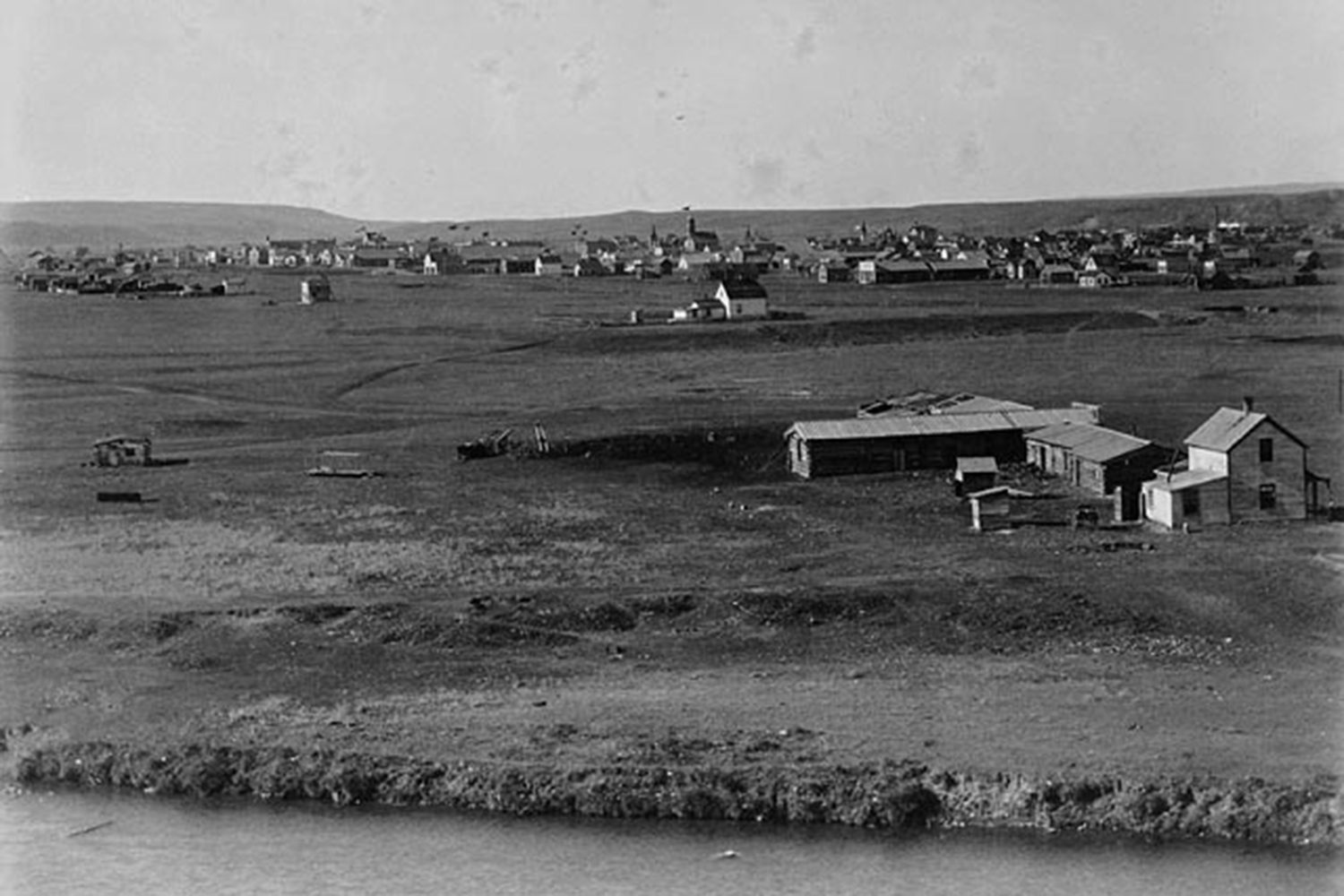
Some architectural designs first began to appear on local buildings in the late 1890s. For example, Calgary rancher, entrepreneur and philanthropist William Roper Hull commissioned the construction of a 1,000-seat opera house. The project was developed by architects Child and Wilson. The Hull Opera House was one of Calgary’s first large buildings made of sandstone and brick, the building stood out from the rest for its design.

Opera, exhibitions, school concerts and public dances were held in the theater. A border town with a population of only 4,000 people maintained such a large opera house for 13 years.
From 1905, the theater was managed by showman William Sherman, and since then it was known as the Sherman Opera House. Opera, theater performances, concerts and even fundraising for charity were also shown here. In 1906, the theater could not compete with the larger city halls, so it was converted into shops and residential apartments. In 1962, the owner of the York Hotel George Crystal bought the building, and a year later the building was completely demolished.
The appearance of signs of wealth
At the end of the 19th century, Calgary’s architecture showed the first signs of wealth. In particular, they symbolized the wealth of houses of craftsmen and politicians of the Victorian era. An example is Lougheed House – the residence of Senator James Alexander Lougheed and his wife Isabella Clark Hardisty. It is built of sandstone.

Such mansions were an object of luxury, because they had hot water and electricity. Inside, the houses of wealthy townspeople were decorated with Spanish mahogany, Italian marble, and the windows and doors were decorated with stained glass.
Signs of wealth were also visible in the mansion of Patrick Burns, a senator, farmer and businessman. His huge mansion with ornate sandstone carvings was built in 1901. The building resembled a castle from the outside, and there was a luxurious green area surrounded by a low stone wall. The building was demolished in 1956, and the Colonel Belcher Veterans Hospital was built in its place, which was later also demolished to build the Sheldon Chumir Hospital.

As for luxurious public buildings, their example was the first large three-story sandstone school, the James Short School. It opened in 1905 and was known for its impressive dome over the entrance. By the late 1960s, the school-age population was insufficient to keep the school open. Everything, except the dome, was demolished.

In 1913, on 1st Street S.W. the Southam building was opened – the office of the Calgary Herald newspaper. The building stood out from the others with its terracotta gargoyles, which decorated the roof line and depicted various newspaper heroes – the editor, the typewriter and others. This building was one of the finest examples of Neo-Gothic Revival architecture, constructed of dark brown brick and sandstone.
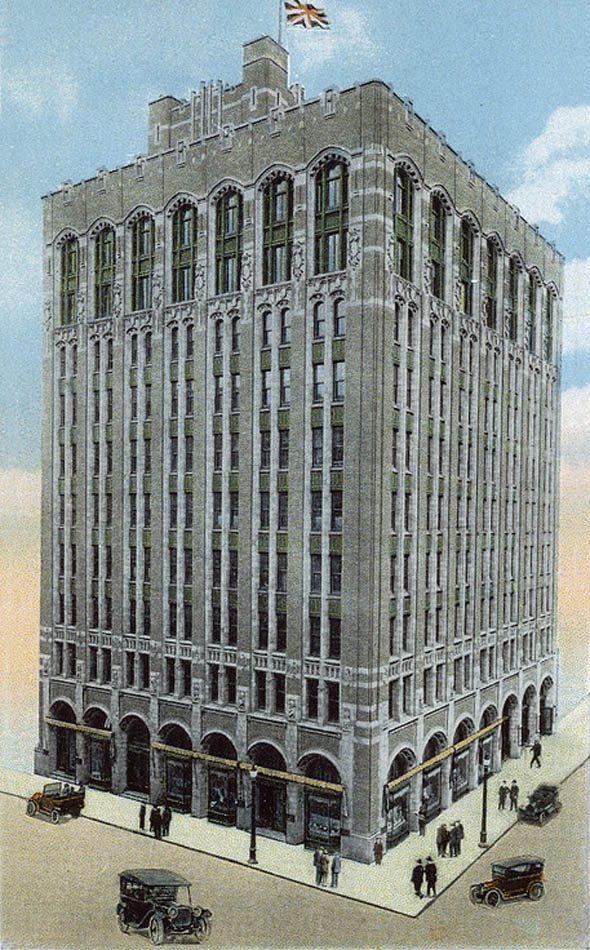
The building was demolished in 1972, the rescued gargoyles were moved to the walls of the Alberta Hotel, and the Greyhound bus terminal was built on the site of the building itself.
In general, in the late 1930s, modernist architecture arrived in Canada via Europe and the United States. This led to the establishment of many important architectural practices across the country, and therefore in Calgary.
Post-war buildings and famous architects
Houses after the two world wars were built strong and simple, often in a hybrid style called “Art Nouveau”. At the time, land was rising in value, so homes were often built on half-acre lots with less than 1,000 square feet of living space. The first suburbs were filled with such houses.
Housing projects were often the subject of early modernist experiments. An example of this is the Rideau Towers apartments that have been added to Heritage Calgary’s inventory.
The 1960s saw the emergence of a new generation of Calgary architects, including well-known individuals such as Jack Long and Gordon Atkins. Long arrived in Calgary from the United States in the early 1960s and took an active part in the life of the community, for a short period he even became a city alderman. Jack has created a number of landmark buildings, designed the magnificent Franklin House Apartments and won the competition for the Centennial Planetarium. His 1969 Calgary Correctional Centre/Provincial Courthouse was demolished to make way for Bow Valley College, and his 1963 Graham-Brown residence on Sifton Boulevard was destroyed by the 2013 flood.
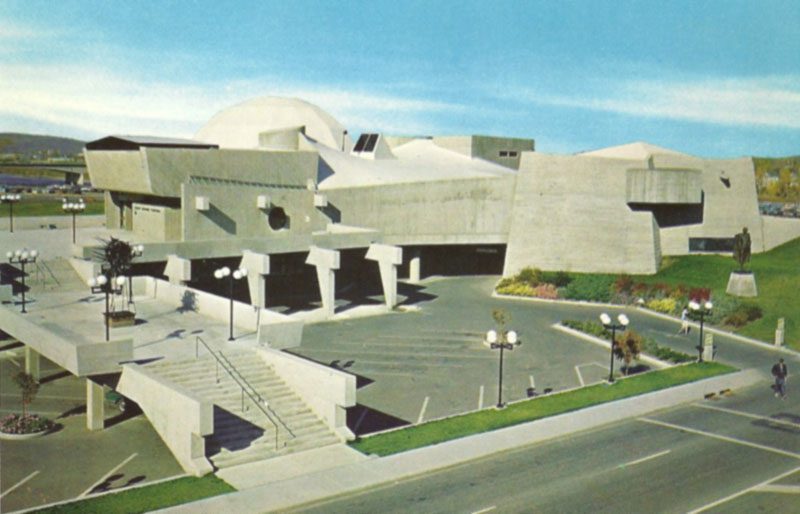
Gordon Atkins, who began his practice in the early 1960s, has also produced a large number of works of significance to the city and surrounding areas and has won several national design awards. For example, in 1966 he created an addition to the Eugene Coste Elementary School, in 1967 he designed the Draganchuk House and studio in the village of Bragg Creek, in 1968 – Mayland Heights Elementary School, in 1969 – the Leavitt House. The Eugene Coste School and the Leavitt House suffered disastrous renovations.
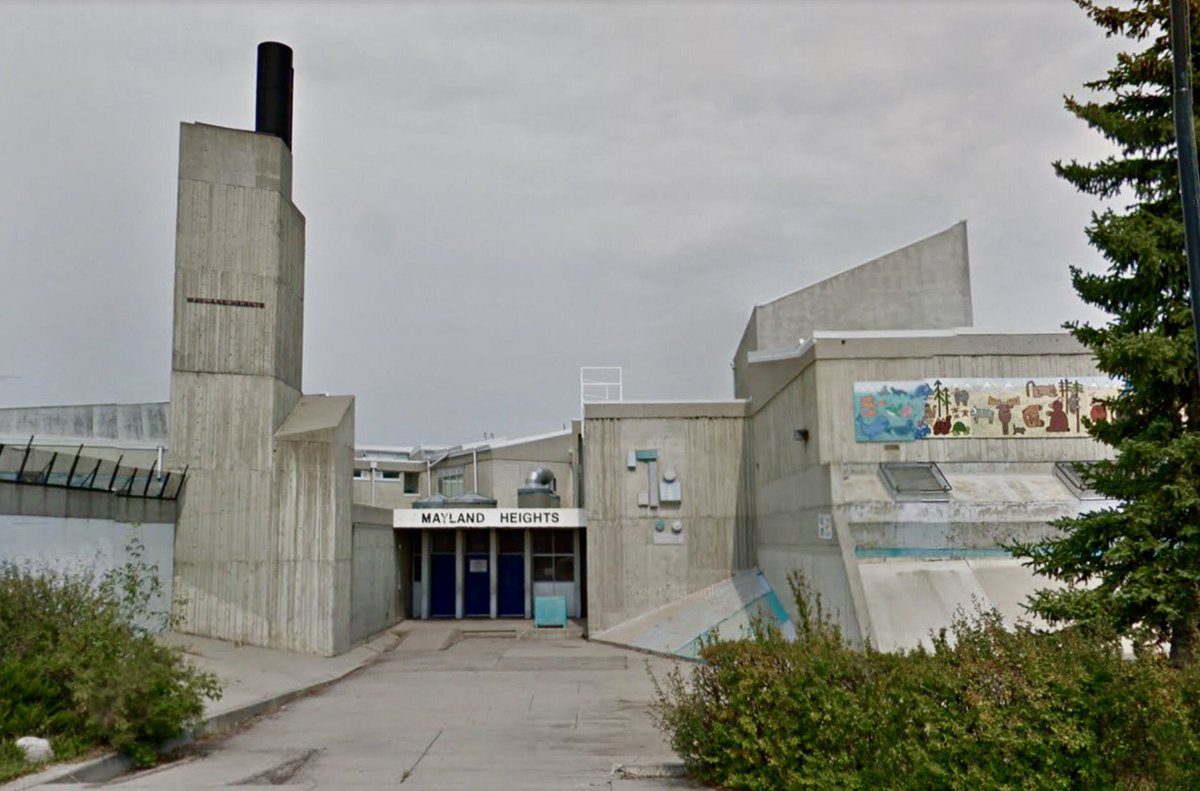
The first modern houses
From 1960 to 1965, the city’s population grew from 262,000 to 320,000. The boom sparked the city’s first show parades and house ads. Then the first modern houses appeared, reflecting society’s fascination with futuristic materials such as vinyl, plywood or organic glass.
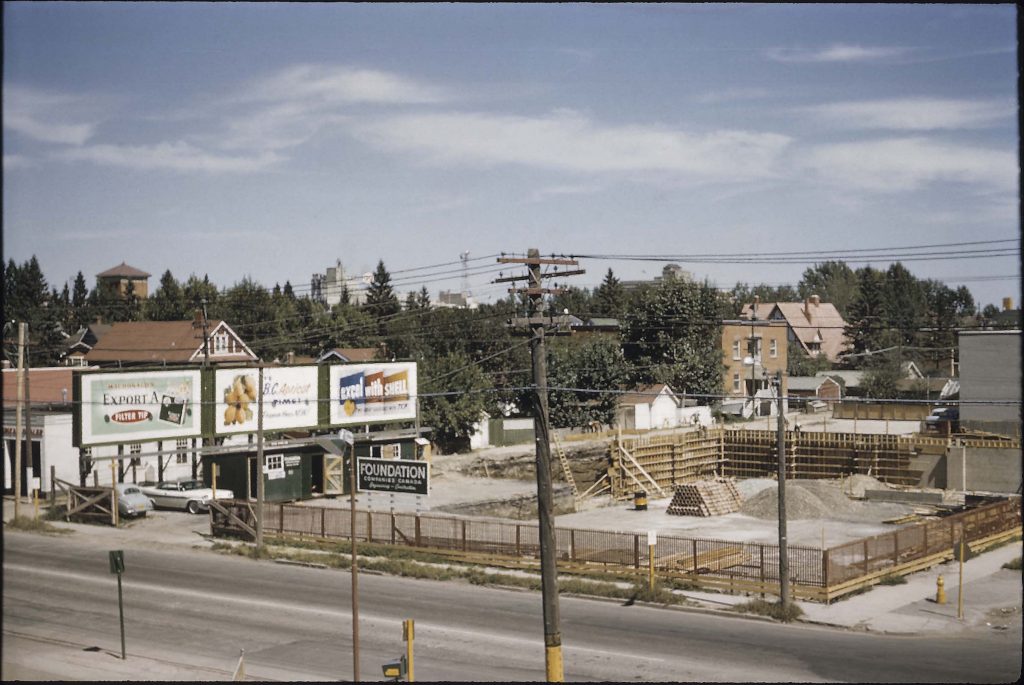
In the 1970s, two-story and ranch-style homes became increasingly popular as families sought more space. The number of average square meters has increased significantly, although the baby boom has already declined.
Calgary historian Harry Sanders wrote that what was unique at the time was the entire east end of 8th Avenue up to 4th Street S.E. However, all buildings on this site were demolished in the 1970s and 1980s, clearing the way for the City State Administration and Olympic Square. If all this were preserved, the city would have a busy street in the center, full of small shops, cozy cafes and restaurants.
In the 1980s, the city experienced a significant economic decline, which led to a more modest approach to home design. This era was characterized by asymmetrical windows and checkered roof lines. However, the average area of houses still continued to grow.
Economic growth and active development
At the beginning of the 21st century, the economy began to flourish, which led to the rapid development of communities with sprawling houses. These mini-mansions can be recognized by pink stucco, lots of yellow oak and large kitchens.
Buildings began to grow in height to avoid overbuilding the city. Also noticeable is a return to classic prairie/ranch style roots with some modern conveniences added. At the same time, a significant part of the architectural heritage of Calgary at the beginning of the 21st century was demolished or underwent inevitable changes.


